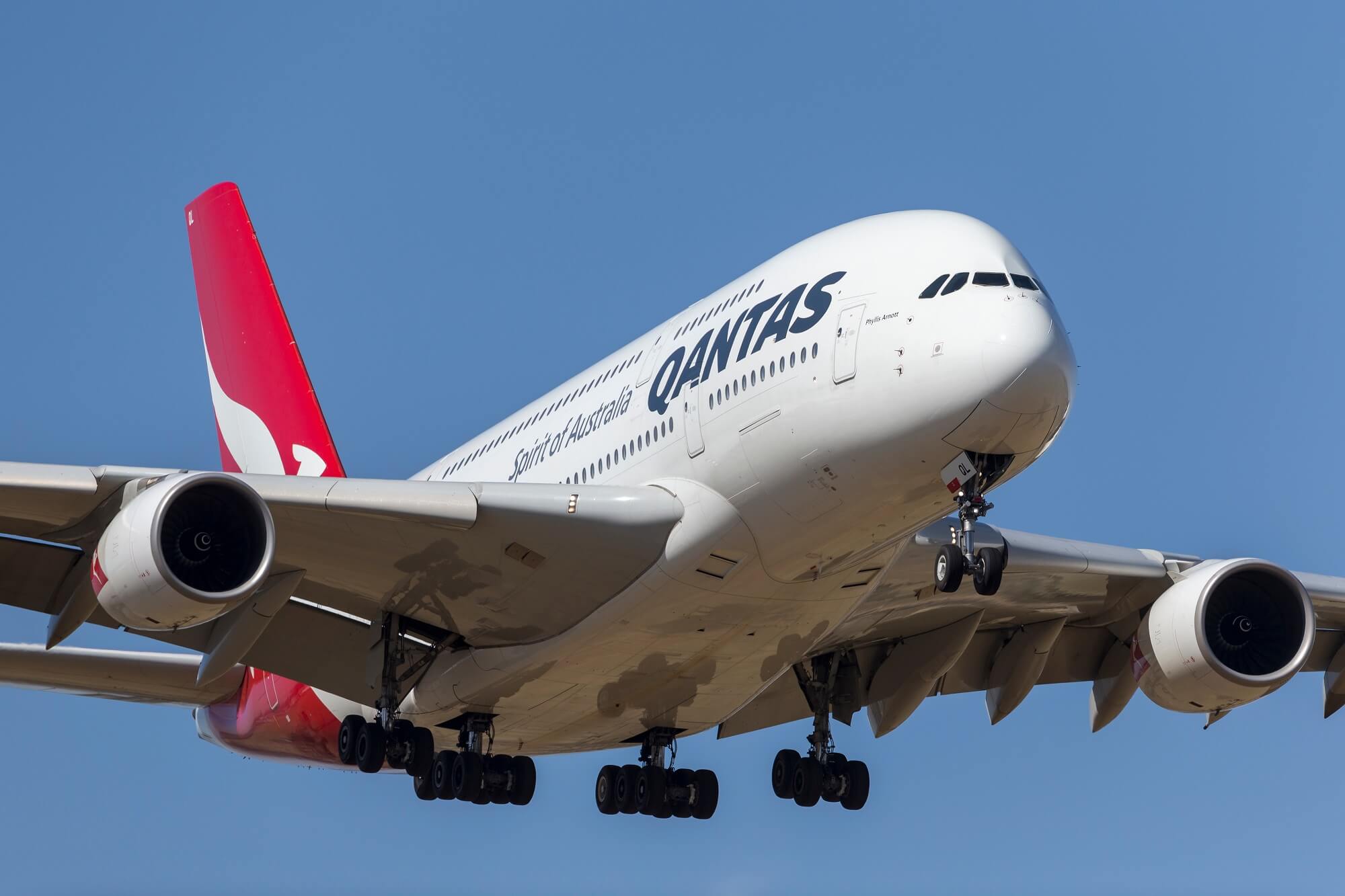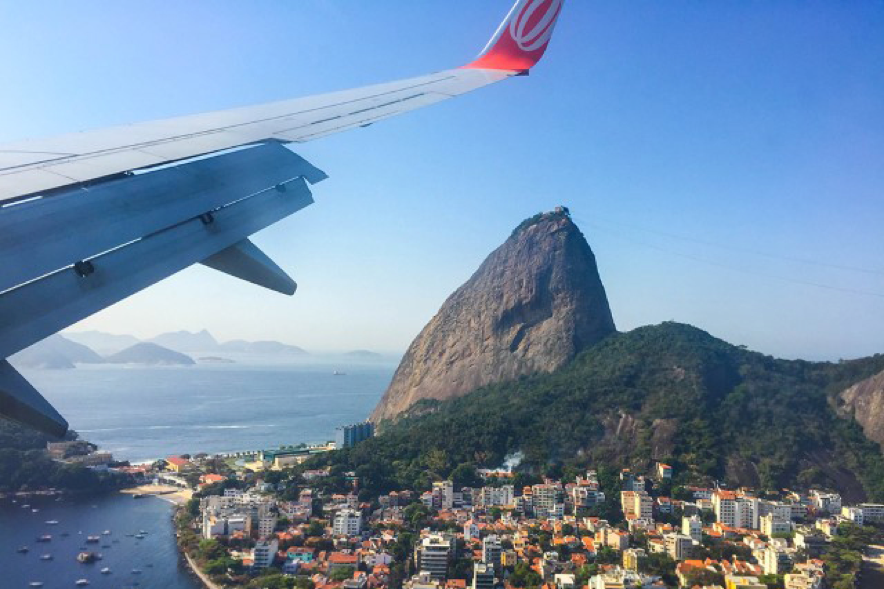Passenger Plane Industry in Brazil

Brazil’s passenger plane industry boasts a rich history, evolving from its early beginnings to become a significant player in the global aviation market. From the pioneering days of Varig and Vasp to the modern era of GOL and Azul, the industry has witnessed remarkable growth and transformation, driven by factors such as economic development, rising middle class, and a vast geographical expanse.
History and Evolution of the Passenger Plane Industry in Brazil
Brazil’s aviation industry emerged in the early 20th century, with the establishment of the first commercial airlines. The 1950s and 1960s witnessed significant growth, with the emergence of national carriers like Varig and Vasp, which connected Brazil to international destinations and played a crucial role in the country’s economic development. The industry faced challenges during the 1980s and 1990s due to economic instability and government policies. However, the liberalization of the aviation sector in the late 1990s paved the way for new entrants and a more competitive market.
Major Airlines Operating in Brazil and Their Market Share
The Brazilian passenger plane industry is dominated by a few major airlines, including:
- GOL Linhas Aéreas Inteligentes: GOL is the largest airline in Brazil by market share, known for its low-cost model and extensive domestic network.
- Azul Linhas Aéreas Brasileiras: Azul is the second-largest airline in Brazil, focusing on regional connectivity and offering a mix of low-cost and full-service options.
- LATAM Airlines Brasil: LATAM is a major South American airline with a significant presence in Brazil, offering both domestic and international flights.
- Avianca Brasil: Avianca Brasil was a significant player in the Brazilian market but ceased operations in 2019 due to financial difficulties.
These airlines compete fiercely for passengers, offering a range of services and fares to cater to different market segments.
Impact of Government Policies and Regulations on the Industry
Government policies and regulations have played a significant role in shaping the Brazilian passenger plane industry.
- Deregulation in the late 1990s: The liberalization of the aviation sector in the late 1990s allowed for increased competition and the entry of new airlines, leading to lower fares and expanded air travel options.
- Investment in infrastructure: Government investments in airport infrastructure, including the modernization of existing airports and the construction of new ones, have enhanced connectivity and facilitated growth in the industry.
- Tax incentives: The government has implemented tax incentives for airlines to encourage investments in fleet expansion and route development.
Key Challenges and Opportunities Facing the Brazilian Passenger Plane Industry
The Brazilian passenger plane industry faces several challenges, including:
- Economic volatility: Brazil’s economy has experienced periods of instability, impacting passenger demand and airline profitability.
- High operating costs: Fuel costs, labor expenses, and airport fees are significant expenses for airlines, impacting profitability.
- Competition from low-cost carriers: The emergence of low-cost carriers has increased competition and put pressure on traditional airlines to adjust their pricing and service offerings.
Despite these challenges, the Brazilian passenger plane industry also presents opportunities for growth, such as:
- Growing middle class: The expanding middle class in Brazil is driving increased demand for air travel, particularly for domestic destinations.
- Expanding regional connectivity: There is potential for airlines to expand their networks to connect more regional cities, serving both business and leisure travelers.
- Focus on sustainability: Airlines are increasingly adopting sustainable practices, such as fuel efficiency and emissions reduction, to meet growing environmental concerns.
Future of Air Travel in Brazil
The future of air travel in Brazil looks promising, with continued growth expected in both domestic and international markets.
- Rising middle class: The expanding middle class in Brazil is driving increased demand for air travel, particularly for domestic destinations.
- Infrastructure development: Ongoing investments in airport infrastructure are expected to enhance connectivity and facilitate growth in the industry.
- Technological advancements: Advancements in technology, such as online booking platforms and mobile applications, are streamlining the travel experience and making air travel more accessible.
Passenger Plane Infrastructure in Brazil: Passenger Plane Brazil

Brazil boasts a vast and complex network of airports, serving as vital hubs for domestic and international travel. This infrastructure plays a critical role in connecting Brazil’s diverse regions, facilitating economic growth, and fostering tourism.
Current State of Airport Infrastructure
The current state of airport infrastructure in Brazil is a mixed bag. While some airports have undergone significant modernization and expansion, others are facing challenges in terms of capacity, efficiency, and overall quality.
- Major Airports: Brazil has several major international airports, including:
- Guarulhos International Airport (GRU) in São Paulo: The largest and busiest airport in Brazil, handling over 40 million passengers annually. It features extensive facilities, including multiple terminals, numerous airlines, and a wide range of services.
- Galeão – Antonio Carlos Jobim International Airport (GIG) in Rio de Janeiro: A major international gateway, serving over 20 million passengers per year. It offers modern facilities, including a dedicated cargo terminal, and a variety of retail and dining options.
- Brasília International Airport (BSB): The primary airport serving the capital city, handling over 10 million passengers annually. It features a modern terminal building with excellent passenger services and a dedicated international terminal.
- Confins International Airport (CNF) in Belo Horizonte: A major regional hub, serving over 10 million passengers per year. It offers modern facilities, including a dedicated international terminal, and a range of retail and dining options.
- Salvador International Airport (SSA): A significant gateway to the Northeast region, handling over 10 million passengers annually. It features modern facilities, including a dedicated international terminal, and a range of retail and dining options.
- Capacity Challenges: While some major airports have ample capacity, others are facing challenges due to increasing passenger demand. This has led to congestion, delays, and operational inefficiencies. The need to expand and modernize airport infrastructure is becoming increasingly critical to accommodate future growth.
- Regional Airports: Brazil also has a network of regional airports that play a vital role in connecting smaller cities and towns. These airports vary in size and capacity, with some offering basic facilities while others have more extensive amenities. The development of regional airports is essential for promoting economic growth and connectivity in less developed areas of the country.
Challenges and Opportunities
The development and modernization of airport infrastructure in Brazil present both challenges and opportunities.
- Funding: Securing sufficient funding for airport development and modernization projects is a significant challenge. Brazil faces budgetary constraints, and public funding for infrastructure projects can be limited. This has led to delays in airport expansion and modernization initiatives.
- Regulation: The regulatory environment for airport development can be complex and bureaucratic. Streamlining regulations and procedures could help expedite airport projects and attract private investment.
- Sustainability: There is a growing emphasis on sustainable airport development, including energy efficiency, waste management, and reducing environmental impact. This presents an opportunity for Brazil to showcase its commitment to sustainable practices in the aviation sector.
- Innovation: The use of technology, such as artificial intelligence and big data analytics, can improve airport efficiency and enhance the passenger experience. Brazil can leverage these innovations to create a more modern and efficient airport system.
Government and Private Investment, Passenger plane brazil
The Brazilian government plays a significant role in airport infrastructure development through its national airport operator, Infraero. However, the government has also been encouraging private investment in airport infrastructure through concessions and public-private partnerships (PPPs).
- Infraero: Infraero is responsible for managing and operating a large network of airports across Brazil. The company has been involved in airport development and modernization projects, but its financial resources are limited.
- Concessions: The Brazilian government has awarded concessions for several major airports to private companies, allowing them to invest in airport infrastructure and operations. This approach has helped attract private capital and improve airport services.
- PPPs: PPPs are another mechanism for attracting private investment in airport infrastructure. These partnerships allow the government to share the risk and cost of airport development with private companies.
Comparison with Other Countries
Compared to other major economies, Brazil’s airport infrastructure is still developing. While some major airports in Brazil are comparable to those in other countries, the overall network of airports in Brazil lags behind in terms of capacity, efficiency, and modernization.
- Capacity: The capacity of Brazilian airports is generally lower than that of airports in developed countries. This can lead to congestion and delays, especially during peak travel periods.
- Modernization: Many airports in Brazil are in need of modernization and expansion. This includes upgrading facilities, improving passenger services, and adopting new technologies.
- Efficiency: The efficiency of Brazilian airports can be improved. This includes streamlining passenger processing, reducing baggage handling times, and improving air traffic management.
Major Airports in Brazil
Brazil’s major airports offer a wide range of facilities and services to passengers.
- Guarulhos International Airport (GRU) in São Paulo: The largest and busiest airport in Brazil, GRU features multiple terminals, numerous airlines, and a wide range of services, including duty-free shops, restaurants, and lounges. It also has a dedicated cargo terminal and a state-of-the-art air traffic control tower.
- Galeão – Antonio Carlos Jobim International Airport (GIG) in Rio de Janeiro: GIG is a major international gateway, offering modern facilities, including a dedicated cargo terminal, a variety of retail and dining options, and a range of passenger services, such as currency exchange and baggage handling.
- Brasília International Airport (BSB): BSB is the primary airport serving the capital city, featuring a modern terminal building with excellent passenger services, including a dedicated international terminal, a wide range of retail and dining options, and a variety of passenger services, such as currency exchange and baggage handling.
- Confins International Airport (CNF) in Belo Horizonte: CNF is a major regional hub, offering modern facilities, including a dedicated international terminal, a variety of retail and dining options, and a range of passenger services, such as currency exchange and baggage handling.
- Salvador International Airport (SSA): SSA is a significant gateway to the Northeast region, featuring modern facilities, including a dedicated international terminal, a variety of retail and dining options, and a range of passenger services, such as currency exchange and baggage handling.
Passenger plane brazil – Nah, ngomongin pesawat penumpang di Brazil, inget banget dulu pernah denger cerita tentang flight 2283 , katanya sih pesawatnya unik, punya sejarah panjang. Tapi, ya gitu deh, kayaknya sih pesawat di Brazil itu masih kalah keren sama yang di Indonesia, soalnya di sini banyak banget pesawat-pesawat jadul yang masih terbang, hahaha!
So, you’re wondering about passenger planes in Brazil? Well, let me tell you, flying over the Amazon is an experience! But while you’re up in the air, you might be wondering who’s going to be moderating the next presidential debate, right?
You can check out who is moderating the next presidential debate for the latest info. Anyway, back to the planes… Just remember to bring a good book, because those flights can be long!
